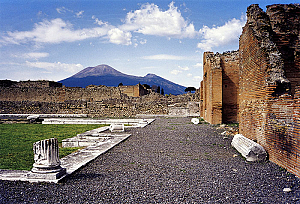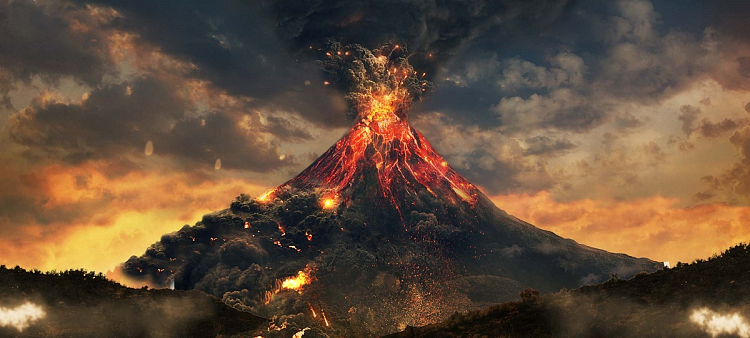
Pompeii. Nearly 3.000 years have passed (VII century BC) from that first settlement that gave rise to the city in Campania, and yet it feels to cross a territory that is still full of life, crafts, art, culture, trade. It's thanks to the ceilings, floors, frescoed walls and main roads that have remained standing despite the time and the disasters– the 1980 earthquake is well known – showing the muscles of a civilization that does not yield even to the Vesuvius power.
The gens pompeiana has left to posterity an open-air museum that offers real perspectives and deepenings. Strategic crossroad in the peninsula center, Pompeii was a conquered land, especially by the Greek and Etruscans whose pottery intended for the Apollo's temple and the bucchero are a rich testimony. In the IV century BC, with the arrival of the Samnite populations from the inland, the city enjoyed at the same time a period of urban growth (dates to this period the construction of the city walls) and of new conflicts for its domain that will see the undisputed victory of Rome caput mundi.
Under the protection of the eternal city, it flourished the trade of food like wine and olive oil and the building industry with new buildings that have nothing to envy to the magnificence of the Hellenistic tradition palaces. Converted into municipium and then into colony “Pompeia Veneria Pompeianorum” by the dictator Publio Cornelio Silla who conquered it in 89 BC, later it became favorite destination of the Roman nobility and, in the imperial age, of the pro-Augustus families that led to a flourishing and propagandistic building activity (Tempio della Fortuna Augusta and Edificio di Eumachia).






